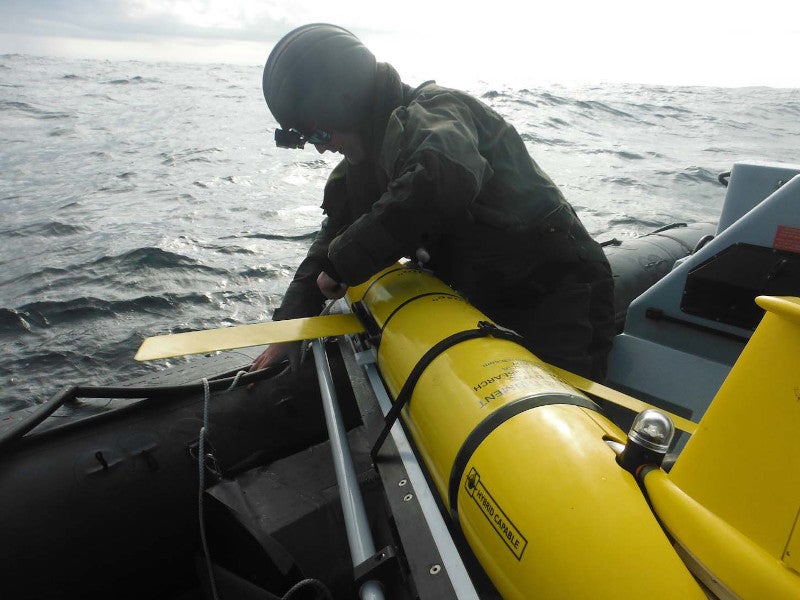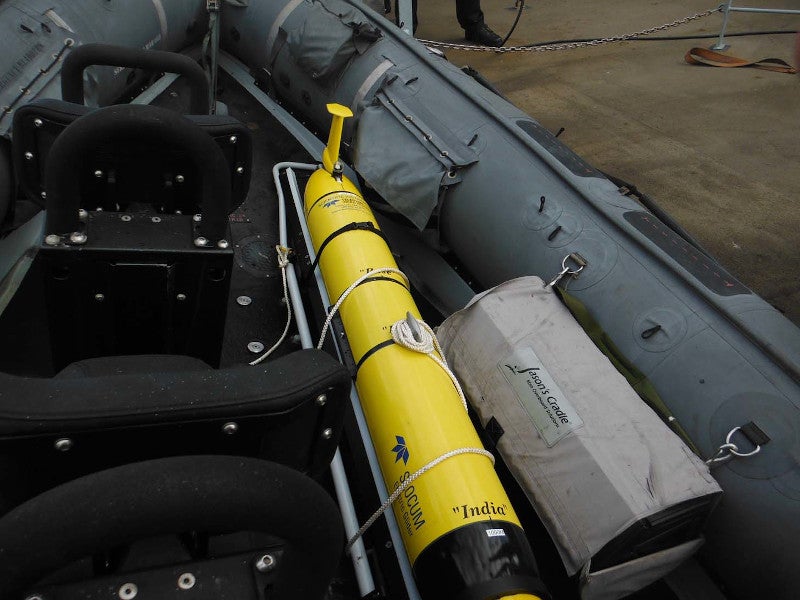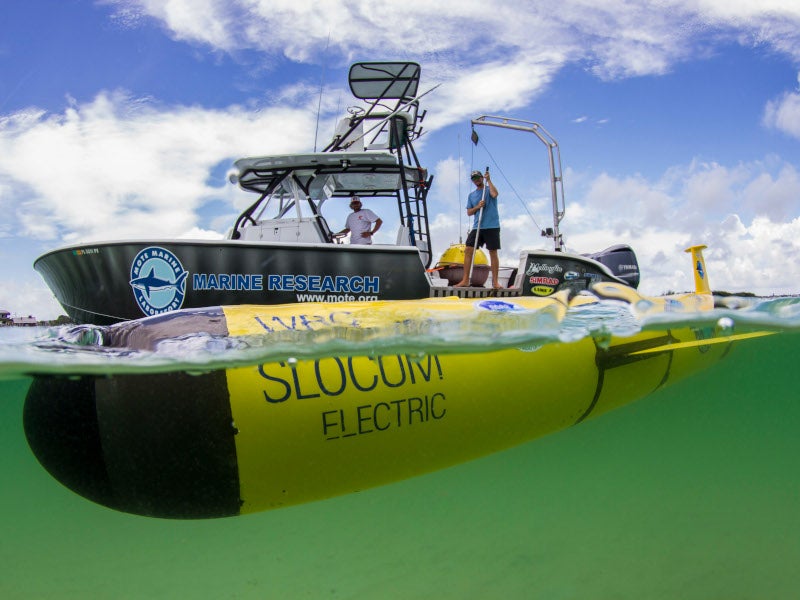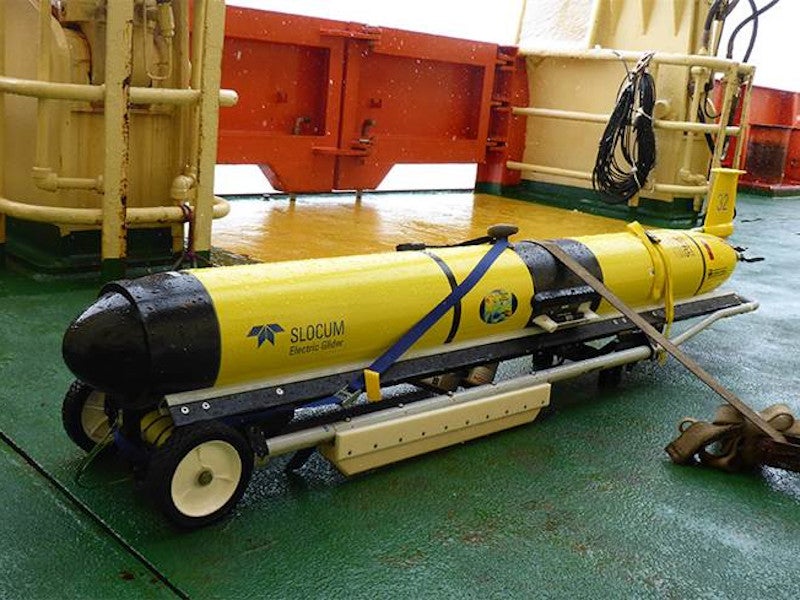Slocum glider is a long-endurance autonomous underwater vehicle designed and manufactured by Teledyne Webb Research.
The buoyancy-driven underwater glider supports long-range operations and long-endurance remote water column observations.
The underwater glider can be integrated with custom sensors and can be used to demonstrate multiple ocean basin crossings.
Development of Slocum glider
In February 2018, Saba Group completed the deployment of Slocum glider along with acoustic zooplankton fish profiler (AZFP) in the Antarctic for gathering data on marine ecosystems.
HMS Enterprise, an echo-class multi-role survey vessel-hydrographic oceanographic (SVHO) of the Royal Navy, tested Slocum underwater glider for exploring depths of the North Atlantic in June 2019.
Slocum glider was tested by the UK Royal Navy in North Atlantic for aiding submarine hunting operations during a five-month deployment period.
Slocum glider applications
The glider can be deployed in academic applications for operating in coastal, offshore, under-ice and extreme conditions. It is also used in commercial applications nearshore and deep-water monitoring for hydrocarbon detection and monitoring of produced formation water and marine mammal mitigation.
The autonomous vehicle is widely used for defence applications and approximately 180 gliders have been shipped to date. It is capable of supporting both small development programmes and large fleets.
Design and features of Slocum glider
The underwater glider has a length of 1.5m and hull diameter of 22cm and weighs between 55kg-70kg based on its configuration. It can operate at depth, ranging between 40m and 1,000m, and can be deployed by one to two personnel.
The deployment of the glider is very easy as it can be rapidly launched from any vessel. The platform can also be remotely controlled with web-based piloting tools.
The glider is capable of moving through pre-programmed route and can also receive new instructions at regular intervals.
The Slocum underwater glider features integrated glider terminal, real-time sensor monitoring, customisable maps and overlays, user login accounts with varying permission levels and way-point planning.
Payload and software details
Slocum glider can be integrated with a Seabird CTD, CTD which is a low-power profiling instrument. The sensor offers highly accurate data for updating ocean models, research, evaluation of sensor stability during moored observatories, and uses data collection opportunities from functional vehicle missions.
The electric glider is also installed with Slocum fleet mission control (SFMC) software, which helps in managing multiple deployments across the world.
SFMC offers a web-user interface with an interactive map, which displays glider positioning details, including past, recent and scheduled locations. Relevant information is highlighted to reduce piloting time, enabling small teams to manage a large fleet of gliders.
SFMC also ensures active vehicle tracking and mission planning, consolidated data management, increased security and easy access from any platform.
Sensors, navigation and communication systems
The long-range glider can be fitted with a range of sensors with over 40 options for responding in emergency situations. Some of the sensor options available for installation are acoustic doppler current profiler (ADCP), acoustic modem, acoustic mammal detection system, beam attenuation meter, CTD pumped / unpumped sensor, echosounder, fish tag detection sensor and hydrophones.
The Slocum underwater glider is equipped with a GPS, pressure sensor, altimeter and dead reckoning to meet the requirements of navigation. Communications are supported by RF modem, Iridium (RUDICS) SATCOM, ARGOS system and acoustic modem.
Slocum glider propulsion and performance
The vehicle is equipped with an electric propulsion system powered by Alkaline or lithium / lithium-ion batteries. It has a maximum endurance of 18 months and can be operated in any sea state and weather conditions.
The average horizontal speed of the buoyancy engine is 0.68k, while the full drive speed is 1k. The underwater glider offers a maximum horizontal speed of 2k when installed with the optional thruster.











